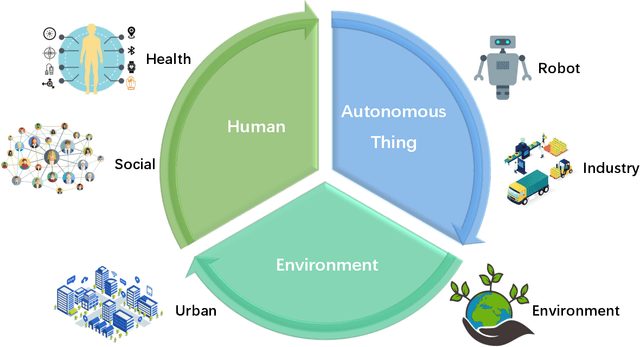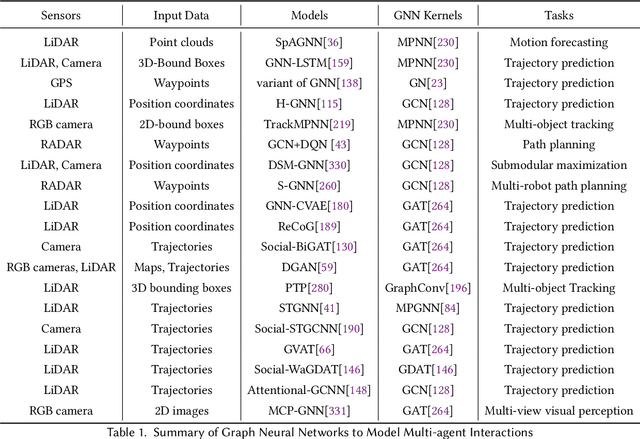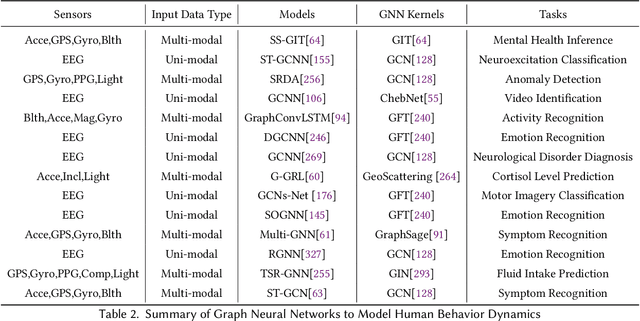Sikun Guo
Toward Reliable Biomedical Hypothesis Generation: Evaluating Truthfulness and Hallucination in Large Language Models
May 20, 2025Abstract:Large language models (LLMs) have shown significant potential in scientific disciplines such as biomedicine, particularly in hypothesis generation, where they can analyze vast literature, identify patterns, and suggest research directions. However, a key challenge lies in evaluating the truthfulness of generated hypotheses, as verifying their accuracy often requires substantial time and resources. Additionally, the hallucination problem in LLMs can lead to the generation of hypotheses that appear plausible but are ultimately incorrect, undermining their reliability. To facilitate the systematic study of these challenges, we introduce TruthHypo, a benchmark for assessing the capabilities of LLMs in generating truthful biomedical hypotheses, and KnowHD, a knowledge-based hallucination detector to evaluate how well hypotheses are grounded in existing knowledge. Our results show that LLMs struggle to generate truthful hypotheses. By analyzing hallucinations in reasoning steps, we demonstrate that the groundedness scores provided by KnowHD serve as an effective metric for filtering truthful hypotheses from the diverse outputs of LLMs. Human evaluations further validate the utility of KnowHD in identifying truthful hypotheses and accelerating scientific discovery. Our data and source code are available at https://github.com/Teddy-XiongGZ/TruthHypo.
Improving Scientific Hypothesis Generation with Knowledge Grounded Large Language Models
Nov 04, 2024Abstract:Large language models (LLMs) have demonstrated remarkable capabilities in various scientific domains, from natural language processing to complex problem-solving tasks. Their ability to understand and generate human-like text has opened up new possibilities for advancing scientific research, enabling tasks such as data analysis, literature review, and even experimental design. One of the most promising applications of LLMs in this context is hypothesis generation, where they can identify novel research directions by analyzing existing knowledge. However, despite their potential, LLMs are prone to generating ``hallucinations'', outputs that are plausible-sounding but factually incorrect. Such a problem presents significant challenges in scientific fields that demand rigorous accuracy and verifiability, potentially leading to erroneous or misleading conclusions. To overcome these challenges, we propose KG-CoI (Knowledge Grounded Chain of Ideas), a novel system that enhances LLM hypothesis generation by integrating external, structured knowledge from knowledge graphs (KGs). KG-CoI guides LLMs through a structured reasoning process, organizing their output as a chain of ideas (CoI), and includes a KG-supported module for the detection of hallucinations. With experiments on our newly constructed hypothesis generation dataset, we demonstrate that KG-CoI not only improves the accuracy of LLM-generated hypotheses but also reduces the hallucination in their reasoning chains, highlighting its effectiveness in advancing real-world scientific research.
IdeaBench: Benchmarking Large Language Models for Research Idea Generation
Oct 31, 2024



Abstract:Large Language Models (LLMs) have transformed how people interact with artificial intelligence (AI) systems, achieving state-of-the-art results in various tasks, including scientific discovery and hypothesis generation. However, the lack of a comprehensive and systematic evaluation framework for generating research ideas using LLMs poses a significant obstacle to understanding and assessing their generative capabilities in scientific discovery. To address this gap, we propose IdeaBench, a benchmark system that includes a comprehensive dataset and an evaluation framework for standardizing the assessment of research idea generation using LLMs. Our dataset comprises titles and abstracts from a diverse range of influential papers, along with their referenced works. To emulate the human process of generating research ideas, we profile LLMs as domain-specific researchers and ground them in the same context considered by human researchers. This maximizes the utilization of the LLMs' parametric knowledge to dynamically generate new research ideas. We also introduce an evaluation framework for assessing the quality of generated research ideas. Our evaluation framework is a two-stage process: first, using GPT-4o to rank ideas based on user-specified quality indicators such as novelty and feasibility, enabling scalable personalization; and second, calculating relative ranking based "Insight Score" to quantify the chosen quality indicator. The proposed benchmark system will be a valuable asset for the community to measure and compare different LLMs, ultimately advancing the automation of the scientific discovery process.
Graph Neural Networks in IoT: A Survey
Mar 31, 2022



Abstract:The Internet of Things (IoT) boom has revolutionized almost every corner of people's daily lives: healthcare, home, transportation, manufacturing, supply chain, and so on. With the recent development of sensor and communication technologies, IoT devices including smart wearables, cameras, smartwatches, and autonomous vehicles can accurately measure and perceive their surrounding environment. Continuous sensing generates massive amounts of data and presents challenges for machine learning. Deep learning models (e.g., convolution neural networks and recurrent neural networks) have been extensively employed in solving IoT tasks by learning patterns from multi-modal sensory data. Graph Neural Networks (GNNs), an emerging and fast-growing family of neural network models, can capture complex interactions within sensor topology and have been demonstrated to achieve state-of-the-art results in numerous IoT learning tasks. In this survey, we present a comprehensive review of recent advances in the application of GNNs to the IoT field, including a deep dive analysis of GNN design in various IoT sensing environments, an overarching list of public data and source code from the collected publications, and future research directions. To keep track of newly published works, we collect representative papers and their open-source implementations and create a Github repository at https://github.com/GuiminDong/GNN4IoT.
 Add to Chrome
Add to Chrome Add to Firefox
Add to Firefox Add to Edge
Add to Edge